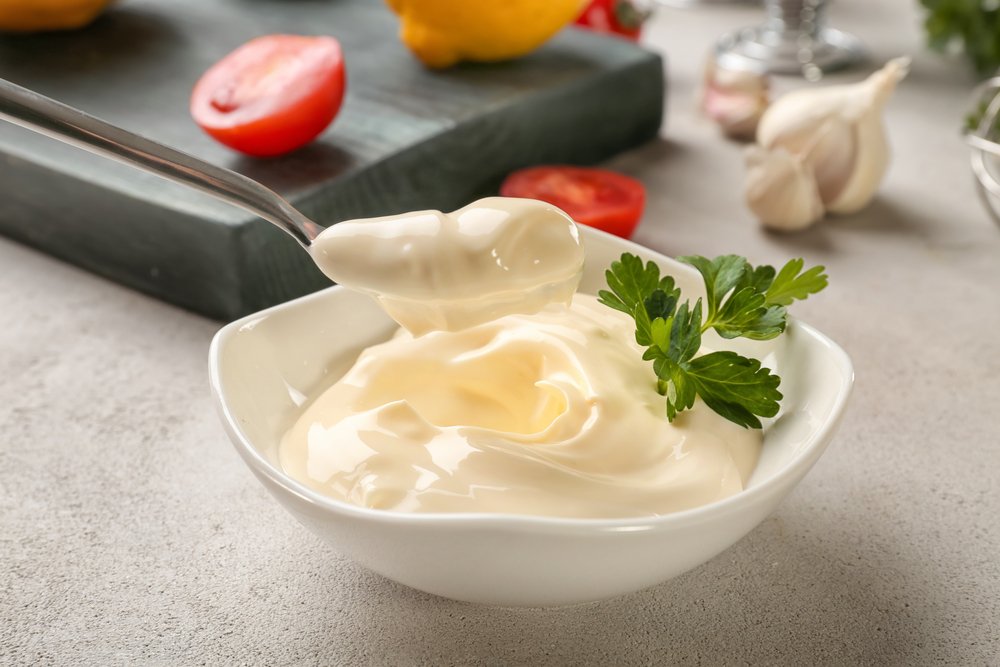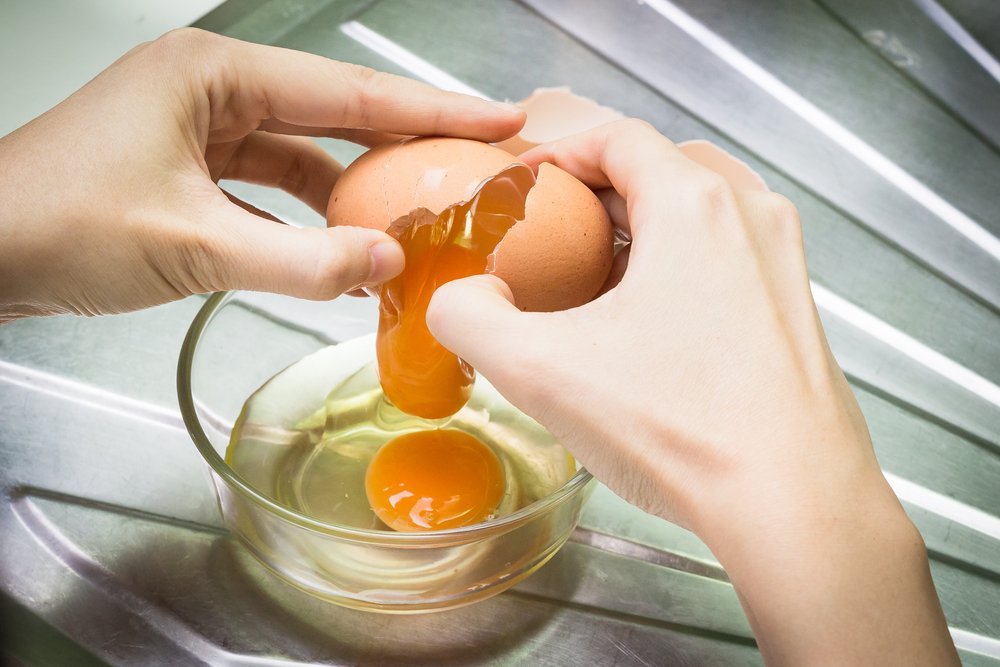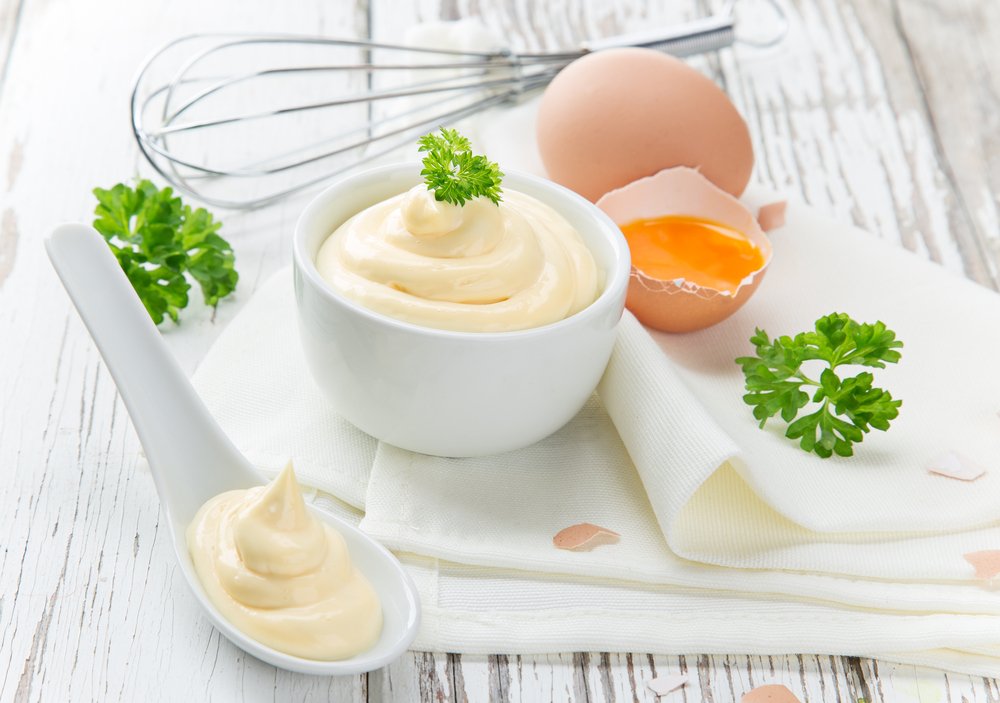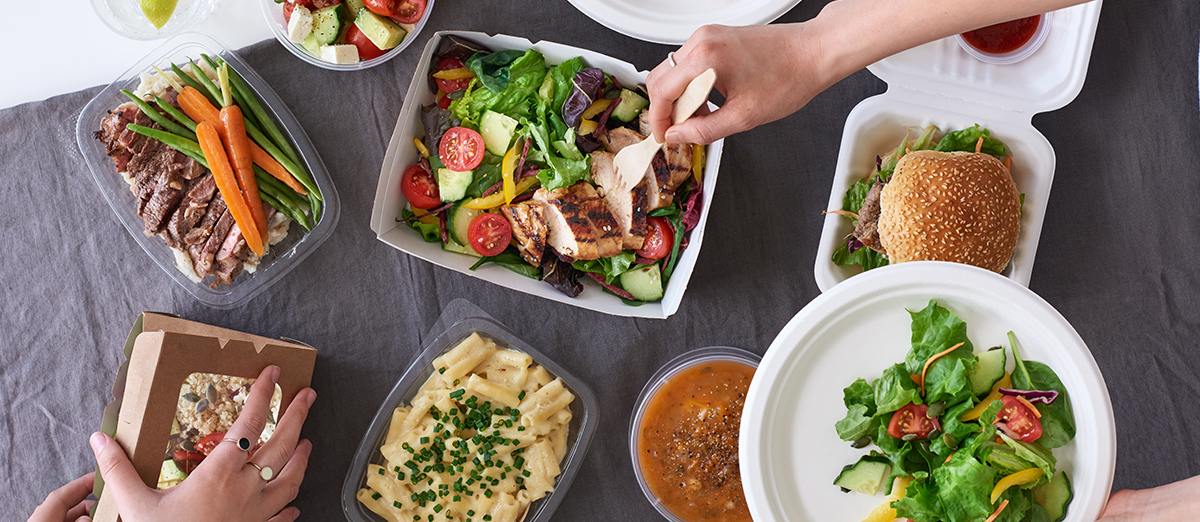
How Mayo is Made
The basis of so many dishes in the kitchen, mayonnaise is definitely one of the most versatile and essential recipes. As the ruling king of condiments, it is a recipe you and each of your chefs should have committed to memory. In our guide, we walk you through the steps to making the perfect mayonnaise and explain why you should never use the commercial kind again.
One of the most dynamic of recipes, mayonnaise is the basis of a number of other classic sauces. Think remoulade, aioli, dijonnaise, and a number of dressings from green goddess to the obligatory ranch. Mayonnaise’s reach is vast within the culinary world. The ability to make this one simple recipe opens up a whole new branch of cooking that many people never tap into.
Separating Your Eggs

It all starts with an egg yolk, or yolks depending on how much mayonnaise you’re making. Everyone has a different method for separating eggs. As a pastry chef, I prefer the three bowl method. Though it results in the dirtying of one more bowl it does ensure that yolk and white never accidentally mix. However, when separating your eggs just be sure that you remove the chalaza, the white string-like bit attached to the yolk. You want to take the time to remove this as it never breaks down, if not you risk having lumps in your mayonnaise.
Creating the Nest
If you are making your mayonnaise in a bowl you are going to need to create a “nest.” This keeps the bowl in place during all the heavy whisking you’re about to do. Using a damp kitchen towel twist it until it becomes a thick rope, then wrap that around the base of your bowl. It’s as simple as that and can be a real help when you begin to add your other ingredients.
The Secret to Flavor
Adding a small amount of Dijon mustard to the egg yolks not only lends a wonderful depth of flavor to your mayonnaise but also helps your yolks emulsify.
Oil

It’s important when making mayonnaise to use a neutral oil, something like canola oil is perfect. Unless you’re specifically trying to make your mayo taste like olive oil it’s best to avoid it for this recipe.
Harold McGee author of the seminal book “On Food and Cooking” says that the amount of oil an egg yolk will take is almost infinite as long as you maintain enough water to bind the proteins in the yolk to the fats in the oil. With that being said as your mayonnaise begins to thicken add a little moisture to the mixture.
You can do that with three different ingredients:
- vinegar adds flavor
- lemon juice adds flavor and helps bind the fats with the protein
- water.
Troubleshooting

If you add too much oil to your mayonnaise it can begin to separate or “break.” If this happens, simply grab another bowl, starting with a small amount of dijon begin to re-emulsify the broken mayo using the dijon as the binder.
Seasoning
When your mayonnaise reaches the desired consistency it is time to begin seasoning. Begin by simply tasting the mayo to see what it needs. Salt is always a good bet, but additional dijon, lemon juice, and vinegar can make a world of difference in your end product. If you get overzealous in your seasoning decisions you can always add more oil to temper your edges, so to speak.
If you own a restaurant or simply have any say in the kitchen you work in, consider making your own mayonnaise. It will allow you not only to save money but to create better dishes. It adds a flair to your dishes no commercial mayonnaise could ever muster. The public likes the idea of an establishment willing to go the extra mile in pursuit of creating really excellent food.






Write a Comment